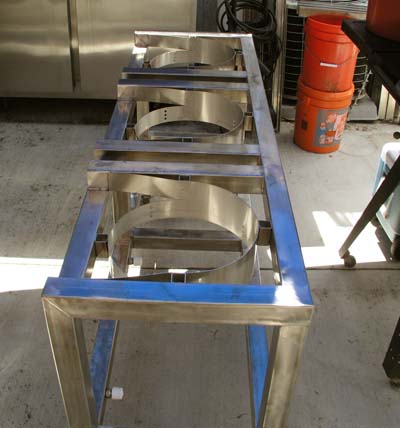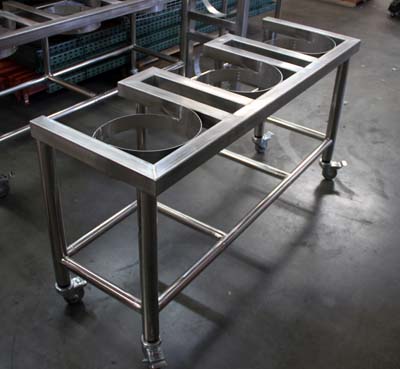user 246304
Well-Known Member
- Joined
- Aug 24, 2017
- Messages
- 8,290
- Reaction score
- 9,851
Dog house, sorry, just want to be clear.
This build is identical to what I'm shooting for, but it's going to look nothing like it....
Sorry to ask, but using this photo, would you mind gong in a bit more as to which pieces you're talking about? And by grinding, do you basically mean, grind and sever the welds, and start over? The horizontal support member I'm talking about is to the left; the vessel struts I mean are the 6 struts going L-R starting in the foreground (pretty certain we're on the same page, just wanted to make sure). My vessel struts do not rest on the support member; or several don't, I should say.
I don't know if it was you, or someone else. But did I blow this by not just first tacking the entire frame before welding main structures? (e.g., right now I have the top, front, and back; planned to install the remaining and the frame is done, if completely screwed up).

This build is identical to what I'm shooting for, but it's going to look nothing like it....
Sorry to ask, but using this photo, would you mind gong in a bit more as to which pieces you're talking about? And by grinding, do you basically mean, grind and sever the welds, and start over? The horizontal support member I'm talking about is to the left; the vessel struts I mean are the 6 struts going L-R starting in the foreground (pretty certain we're on the same page, just wanted to make sure). My vessel struts do not rest on the support member; or several don't, I should say.
I don't know if it was you, or someone else. But did I blow this by not just first tacking the entire frame before welding main structures? (e.g., right now I have the top, front, and back; planned to install the remaining and the frame is done, if completely screwed up).












![Craft A Brew - Safale BE-256 Yeast - Fermentis - Belgian Ale Dry Yeast - For Belgian & Strong Ales - Ingredients for Home Brewing - Beer Making Supplies - [3 Pack]](https://m.media-amazon.com/images/I/51bcKEwQmWL._SL500_.jpg)
















































